“What Do You Mean,” electronic dance music?
With the rise of festival dance music and the use of electronic instruments, music under the label of “electronic dance music,” or EDM, has skyrocketed in popularity. While the term seems self-explanatory at first, what does “EDM” actually mean?
To answer this question we have to take a step backward. Music that is labeled “electronic” is broadly defined as any music that uses electronic instruments, such as a synthesizer. When the term was first coined in the early 1950s, electronic instruments had only recently been invented and were starting to be used in creating music. However, over the last 60 years electronic instruments are now used so wildly that the “electronic” genre is no longer specific enough to mean anything.
Scores of sub-genres were defined over time to accurately describe an electronic song’s sound. Examples of sub-genres include house, electro, and techno. With over 100 recognized sub genres that often have similar and overlapping elements, many argue that it has only become more difficult to describe the sound of electronic music.
The music industry found itself needing an umbrella term once again for some of the more popular genres of electronic music. What has emerged is the term “electronic dance music,” usually shortened to “EDM.” When EDM is used, it’s often referring to club dance styles of music like house, trance, and dubstep, with an example being the popular song “What Do You Mean” by Justin Bieber. While ironically broad compared to sub-genre terms, EDM serves as a useful shorthand to describe the distinctive dance-inspiring sound that turns up the crowd.
Our recent compilation Pulse, available now digitally, was curated with several EDM tracks including “Heartbreaker” by Crazy P and “Steal Drums” by The Martin Brothers.
Contact us for licensing opportunities or to have a custom soundtrack curated for your project.


